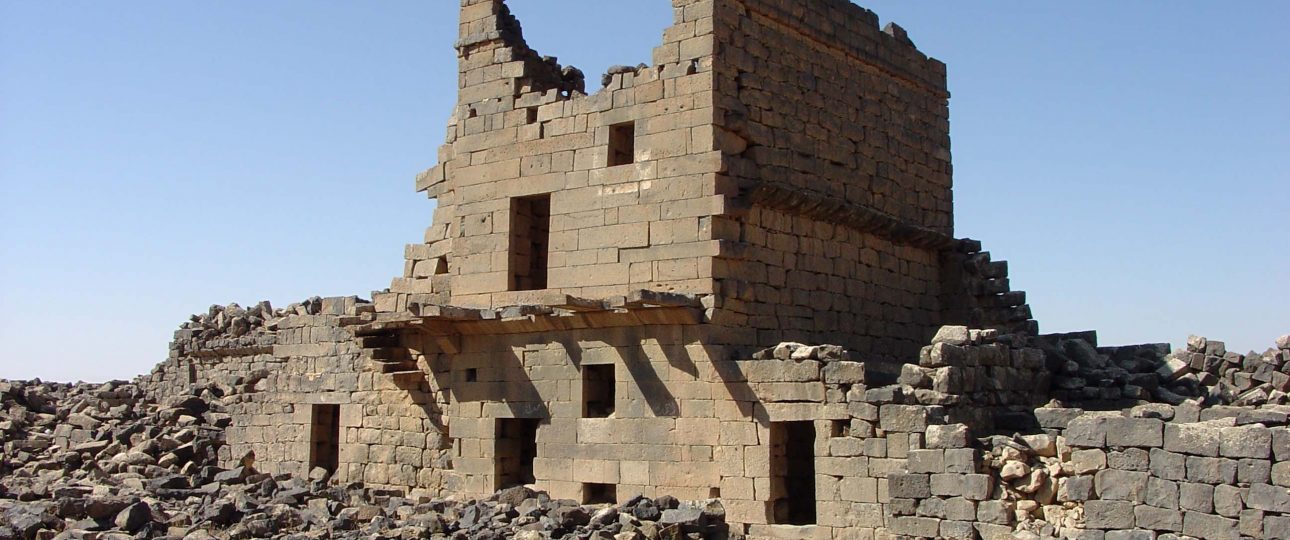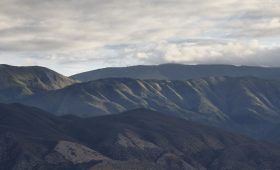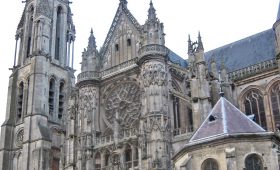Exploring Umm el-Jimal: A Journey Through Time
History and Significance
Umm el-Jimal, located in northern Jordan near the Syrian border, is a site rich in history, spanning from the Nabataean to the Abbasid periods. Originally a rural suburb of Bostra, the Nabataean capital, this village emerged in the 1st century CE. It later became part of the Roman Empire in 106 CE under Emperor Trajan. The Romans constructed significant buildings, including a Praetorium and a large reservoir, marking the village’s importance.
During the Byzantine era, Umm el-Jimal flourished as a prosperous agricultural and trading community, with its population peaking at around 6,000. The 5th and 6th centuries saw a surge in church construction, with 15 churches still visible today. However, an earthquake around 749 CE led to its abandonment until the 20th century when it was repopulated by the Druze and later the Bedouin Msa’eid tribe.
Notable Landmarks
- The Roman Fort: Originally built as a Tetrarchic castellum, this fort served as a military garrison during the Roman period.
- The Praetorium: A significant Roman administrative building, possibly constructed in the third century CE.
- The Byzantine Churches: Among the 15 churches built during the Byzantine period, these structures highlight the town’s religious and cultural transformation.
Best Time to Visit
Plan your visit to Umm el-Jimal during the spring (March to May) or fall (September to November). These seasons offer mild temperatures, making it ideal for exploring the ruins. Avoid the harsh summer heat and the cold winter months for a more comfortable experience.
Getting There
Umm el-Jimal is accessible from Amman, Jordan’s capital, with a drive of approximately two hours. Hiring a private car or joining a guided tour is recommended for convenience. The journey offers scenic views of the Jordanian countryside, enhancing the travel experience.
Local Transportation
Once at Umm el-Jimal, exploring on foot is the best way to appreciate the site’s historical depth. The compact layout allows for easy navigation, but be prepared for uneven paths. Comfortable walking shoes are essential.
Accommodation
While Umm el-Jimal itself lacks accommodation options, nearby towns like Mafraq and Azraq offer a range of budget and mid-range hotels. These towns provide a comfortable base for your visit, allowing you to explore the ruins during the day and return to modern amenities at night.
Umm el-Jimal offers a unique glimpse into the past, with its well-preserved ruins and rich history. While the site may not have the amenities of larger tourist destinations, its historical significance and cultural heritage make it a worthwhile visit for those interested in Jordan’s ancient history.




